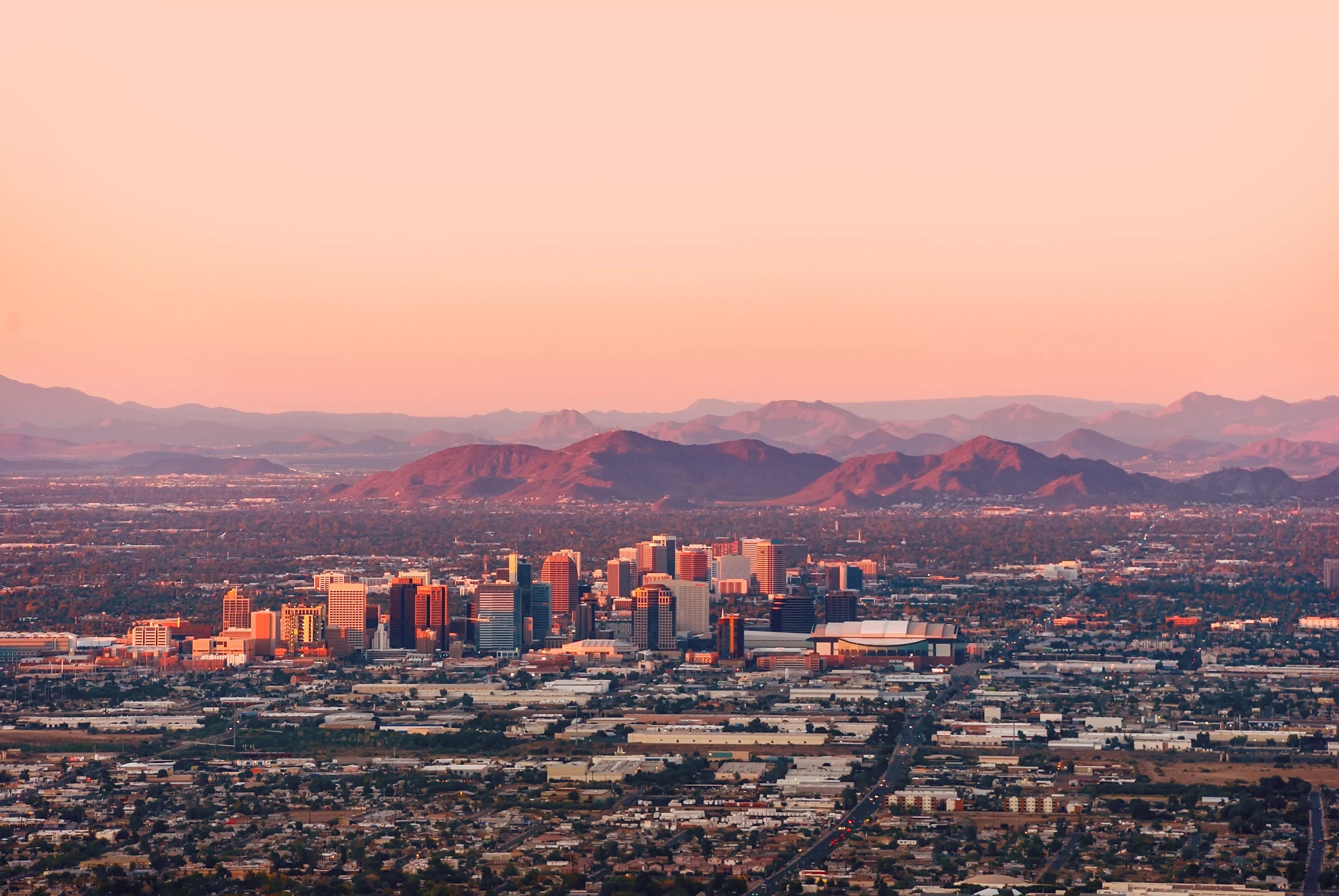
Dreamframer/Getty Images

Audio By Carbonatix
Before the coronavirus pandemic, the Valley was known as a relatively affordable metropolitan area with constantly sunny skies. But after major pandemic-influenced economic shockwaves, the cost of living has skyrocketed while wages failed to keep up.
A March 10 report from the travel website Upgraded Points quantifies how much more expensive living in Phoenix has become. Between December 2020 and December 2024, wages in the Phoenix-Mesa-Scottsdale metropolitan area increased by 21.6%. That’s well above the national average but not high enough to keep up with costs, which jumped by 25.4%.
That means real wage growth in Phoenix went down by 3%.
The Valley is not alone in that regard. Upgraded Points’ study found the Phoenix area was among 19 metropolitan areas that became more expensive over that four-year span. Only two metropolitan areas mentioned in the study, Tampa and Houston, saw wages keep up with inflation.
Phoenix, make your New Year’s Resolution Count!
We’re $13,000 away from our End-of-Year campaign goal, with just a few days left! We’re ready to deliver — but we need the resources to do it right. If New Times matters to you, please contribute today to help us expand our current events coverage when it’s needed most.
According to a February poll cited in the study, 71% of Americans say it’s harder for an average family to get by than 10 years ago. Only 8% said it had become easier.
“While wages have grown in nominal terms, many workers feel they are falling behind as the cost of essentials – housing, groceries, and everyday expenses – continues to climb,” the report says. “Even in fast-growing cities like Phoenix, where wage growth was among the highest in the country, inflation still eroded those gains.”
Upgraded Points’ study contradicts the conclusions of a November report from Federal Reserve Bank, which said that wage growth outpaced inflation in 18 out of 21 major U.S. metros during the previous five years. But that report used the starting and ending points of January 2019 to January 2024.
The difference between wage and price increases was, relatively speaking, not as bad in Phoenix as in other major cities. Phoenix’s gap was on par with the national average, and 16 of the 21 cities in the study had it worse. Real wages in Baltimore dropped by 14%.
But Phoenix does stand out in another concerning area. The Valley experienced a 37% increase in housing costs in the four-year period Upgraded Points examined, the third highest rate among the cities examined in the study. Only Miami and Tampa had higher increases. Inflation on Valley housing costs have been about 50% higher than the national average.
A recent survey found that 1 in 4 voters in Arizona were considering leaving the state because of unaffordable housing costs. Only 13% of people surveyed in the state said housing was affordable.